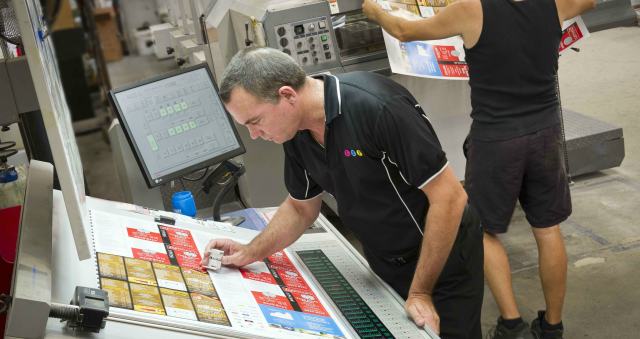The new generation of so-called cold mirror reflectors is designed to increase the efficiency of the system significantly. Around 20 per cent more UV energy reaches the substrate for the same electrical output compared to conventional reflectors. This results in an increase in production performance and a reduction in energy consumption.
The new URS reflectors combine the advantages of the well-established aluminium and CMK (cold mirror) reflectors. Only the UV energy is reflected whilst the IR energy (heat) passes through the dichroic coatings and cold mirror glass into a water-cooled absorber profile where the heat is efficiently removed.
IST Metz has carried out extensive field trials with different print processes such as offset, flexo, screen printing and letterpress. These showed that with the new reflector technology it is now possible to achieve production speeds with 160 W/cm output lamps that were previously only possible with 200 W/cm lamps. This offers benefits both in terms of energy savings and the reduction in heat on the substrate from infra-red energy.
It is therefore possible to process heat-sensitive materials. Effective heat management is further ensured by a special absorber profile.
An additional advantage of the URS technology is that the reflector geometry can be adapted to meet the exact requirements of specific production processes. Specific coatings can also be used for different applications. It is also easier to clean the reflectors and lamps as the new URS reflectors are strong and easy to handle.
Comment below to have your say on this story.
If you have a news story or tip-off, get in touch at editorial@sprinter.com.au.
Sign up to the Sprinter newsletter

